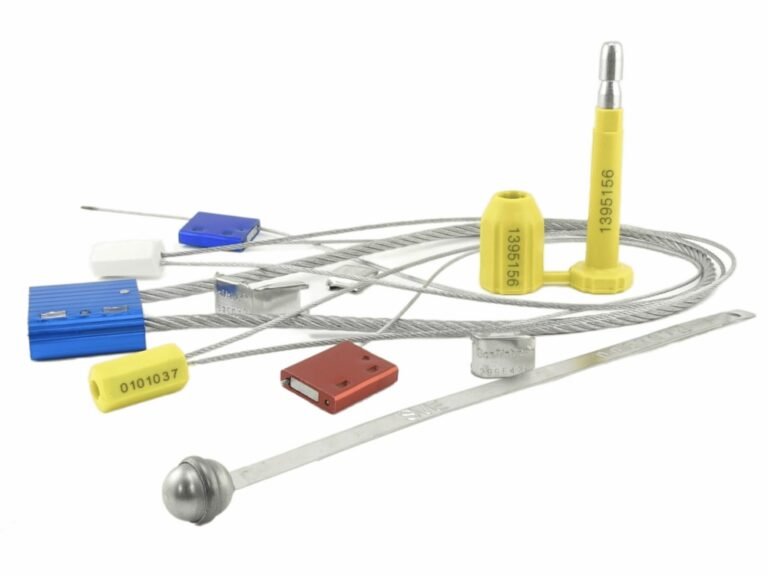Your facility faces a HIPAA audit, and they question the physical security of transported patient records. Or a valuable drug shipment arrives, but with a questionable seal, breaking the chain of custody and putting you in violation.
Compliance requires more than just locking a box. You must use uniquely serialized seals combined with a strict, documented protocol for application, in-transit checks, and removal to create an ironclad, auditable trail that satisfies both HIPAA and FDA requirements.
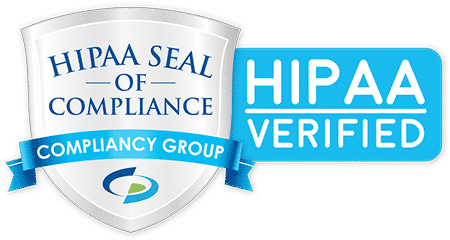
After years of working with clients in healthcare and pharmaceuticals, I can tell you that the biggest mistake is seeing a security seal as just a lock. In the context of HIPAA rules and the pharmaceutical chain of custody, that little piece of plastic and metal is something much more important: it's a legally binding signature. The unique serial number is the name on that signature. The intact state of the seal is the verification that the signature hasn't been forged or tampered with. The protocol you build around applying, checking, and removing that seal is the legal framework that makes this signature admissible as evidence in an audit or investigation. This guide explains how to build that framework.
How Do You Match Seal Features to HIPAA & FDA Rules?
You're using generic, unnumbered seals on your medical totes. An auditor asks you to prove when a specific container was sealed and by whom. Without a unique identifier, you have no answer, and your compliance is now at risk.
You must choose seals with features that directly support regulatory demands for traceability and integrity. This means using seals with unique, high-security serial numbers and clear tamper-evident properties that cannot be easily defeated or replicated.
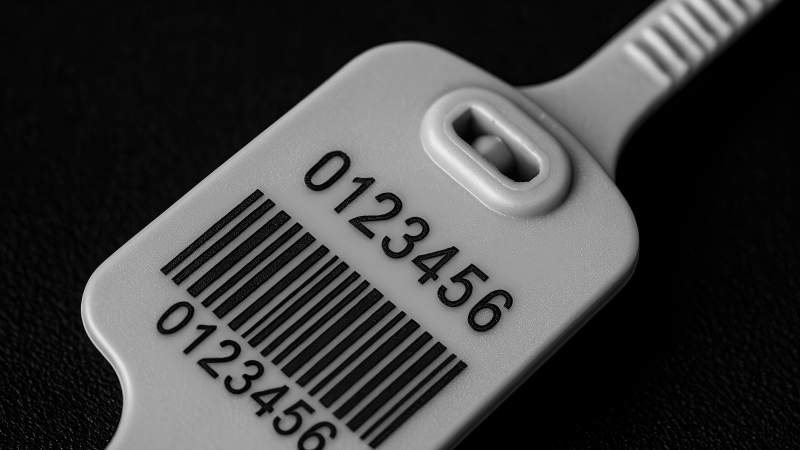
Neither HIPAA's Security Rule nor the FDA's Drug Supply Chain Security Act (DSCSA) explicitly states "you must use a security seal." Instead, they demand something more fundamental: auditable proof of an unbroken chain of custody. Your job is to select a seal with features that provide this proof.
| Regulatory Demand | Required Seal Feature | Why It's Critical for Compliance |
|---|---|---|
| Traceability: Who handled this item and when? | Unique, Laser-Engraved Serial Number | Provides a specific, non-replicable ID for each sealing event, which is the foundation of any log or audit trail. |
| Integrity: Was this item accessed without authorization? | Obvious Tamper-Evidence | The seal must break in a way that is clear and irreversible, providing undeniable proof of a potential breach. |
| Accountability: Can you prove this isn't a counterfeit seal? | Barcoding & Supplier Control | Using barcodes linked to your inventory system and sourcing from a reputable supplier ensures the seals themselves are part of a controlled process. |
Choosing a seal without a unique serial number is like signing a legal document with an "X" when you have the ability to write your full name. It leaves you open to challenge and undermines the entire process.
What Is the Correct Protocol for Sealing and Logging?
A technician grabs a seal, puts it on a box, and jots the number down on a scrap of paper that later gets lost. When the box arrives, there is no official record to check the seal against, making the security measure useless.
You must implement a strict, dual-control "seal and log" protocol. This non-negotiable procedure ensures that the seal number is accurately recorded in a permanent log before the seal is even applied, creating a reliable chain of custody from the very first step.

The moment of sealing is the most critical step. A flawed process here invalidates everything that follows. I advise my clients to adopt a protocol similar to how banks handle cash, focusing on verification at every stage.
- Prepare the Log Entry: Open the official logbook or digital record. Enter the date, time, destination, and your name/ID.
- Read and Record: Take a new seal. Read the unique serial number aloud. Record this number in the log.
- Verify the Entry: A second person should ideally witness this and verify that the number written in the log perfectly matches the number on the seal in your hand. This dual control minimizes human error.
- Secure the Container: Confirm the contents are correct and the container is properly closed.
- Apply and Pull: Thread the seal and pull it tight. Give it a firm tug to ensure it is locked correctly. The process is now complete.
This methodical approach takes an extra thirty seconds, but it transforms a casual action into the creation of a legally-defensible record.
What Must Drivers and Handlers Check In-Transit?
A sealed container is handed off from a courier to a long-haul driver. The driver signs for the box but doesn't check the seal. The seal is later compromised, and now it's impossible to know which party was responsible for the breach.
Every person who takes custody of a sealed asset, especially during handoffs, must perform a "stop, check, and document" procedure. They must verify that the physical seal is intact and that its number matches the one on the manifest.
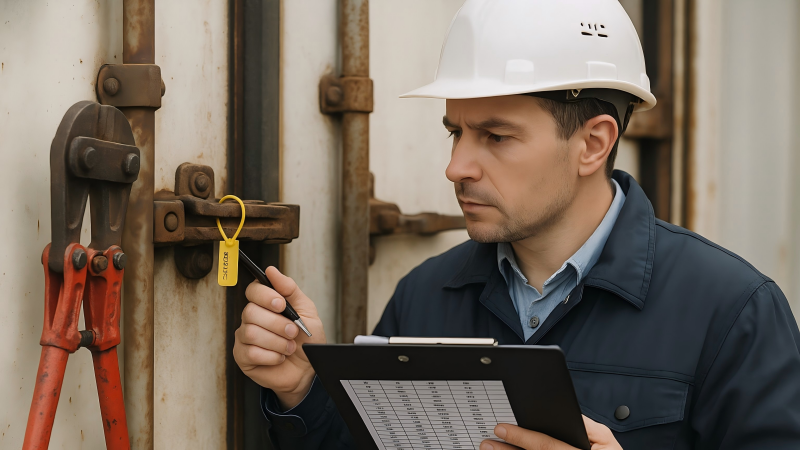
Your chain of custody is a literal chain; it's only as strong as its weakest link. Handoffs between departments or to third-party logistics (3PL) providers are the most vulnerable points. The protocol for drivers and handlers is simple but non-negotiable:
- STOP: Do not accept a sealed container without inspecting it.
- CHECK: Physically grasp the seal. Is it intact and pulled tight? Read the serial number. Does it exactly match the number written on the manifest or bill of lading?
- DOCUMENT: Sign the manifest, explicitly confirming that you have received Container XYZ with intact Seal #12345.
If the seal is broken or the number doesn't match, the driver must refuse custody of the container and immediately initiate the discrepancy protocol. By signing for the seal number, each handler is taking legal responsibility for the integrity of the container until the next handoff.
What Are the Procedures for Documenting Seal Arrival?
A sealed tote arrives at the pharmacy. A busy technician cuts the seal and opens the container to access the contents, discarding the seal in the trash without a second thought. The chain of custody is now broken.
The receiving party must perform a final verification before breaking the seal. They must document the seal's intact arrival and its serial number in a receiving log, officially closing the loop on the chain of custody.
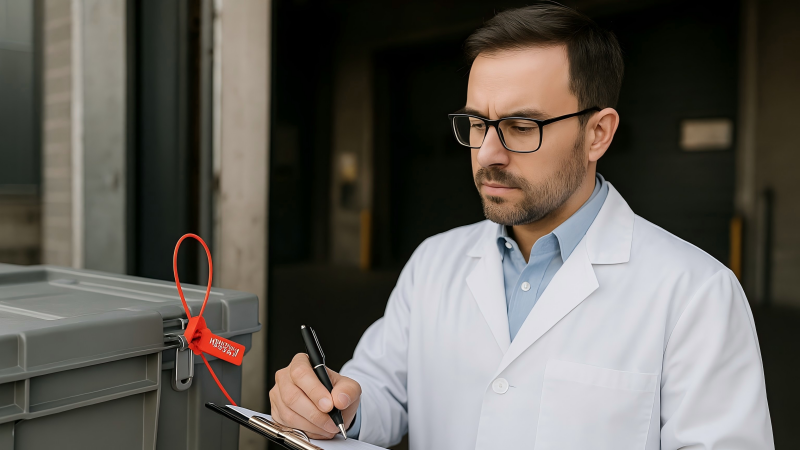
The arrival process is the final chapter in the seal's story and must be handled with the same diligence as the sealing process. Breaking the seal without documenting its arrival is like shredding a signed contract the moment a deal is closed—it erases the proof.
- Inspect Upon Arrival: Before accepting the package, check that the seal is present and shows no signs of tampering.
- Verify Number: Compare the seal's serial number to the number on the shipping manifest or in your electronic record.
- Document in Receiving Log: Record the date, time of arrival, manifest number, and the verified seal number. Sign the entry. This officially confirms the container arrived without being breached.
- Break the Seal: Only after all documentation is complete should the seal be cut.
- Retain (Optional but Recommended): For high-value shipments, many facilities retain the broken seal in a small evidence bag attached to the manifest for a set period (e.g., 30 days) as an extra layer of physical proof.
What Is the Step-by-Step Guide for a Compromised Seal?
A driver arrives and you notice the seal on the container is broken, or the number doesn't match the manifest. If you simply accept the shipment, you also accept full liability for any missing items or data breaches.
If you discover a compromised seal, you must immediately initiate a formal incident response plan. This involves stopping the process, documenting the scene, and notifying all relevant parties before taking any further action.
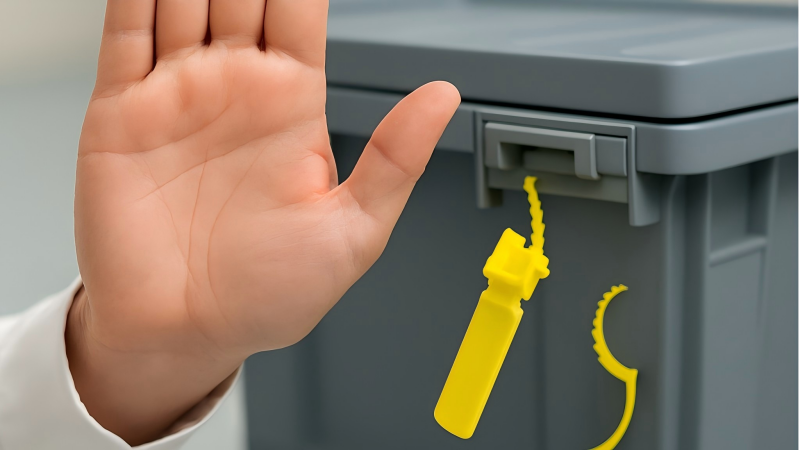
How you handle a discrepancy is a direct reflection of your facility's commitment to security and compliance. Panic and improvisation lead to mistakes. A clear, pre-defined process ensures you protect your organization.
- STOP: Do not move, open, or "fix" the container. The driver or handler must not leave. You are now at a potential evidence site.
- ISOLATE: If possible, move the container to a secure, monitored location (e.g., a manager's office or a caged area with camera coverage).
- PHOTOGRAPH: Take clear, well-lit photos of the compromised seal from multiple angles. Get close-ups of the broken area and wider shots that include the container ID.
- DOCUMENT: On the manifest or in a formal incident report, write down exactly what you found. For example: "Received at 14:30. Seal #12345 noted on manifest. Physical seal is #67890." Or "Seal is broken at the locking point." Have the driver or handler co-sign this statement.
- NOTIFY: Immediately contact your direct supervisor, the security department, and the shipper/sender. Do not unload the container's contents until you receive explicit instructions from management.
Conclusion
A security seal is not a compliance solution in itself. It is a tool that, when combined with a rigorous and documented protocol, becomes a powerful instrument for proving compliance with HIPAA and pharmaceutical chain of custody regulations.
Build Your Compliance Framework with ProtegoSeal
From high-security serialized seals that provide undeniable proof to the expertise needed to help build your protocol, we are your partners in compliance. At ProtegoSeal, we understand that you're not just buying seals; you're building a chain of custody. Contact us to get the tools you need to make your compliance framework unbreakable.

